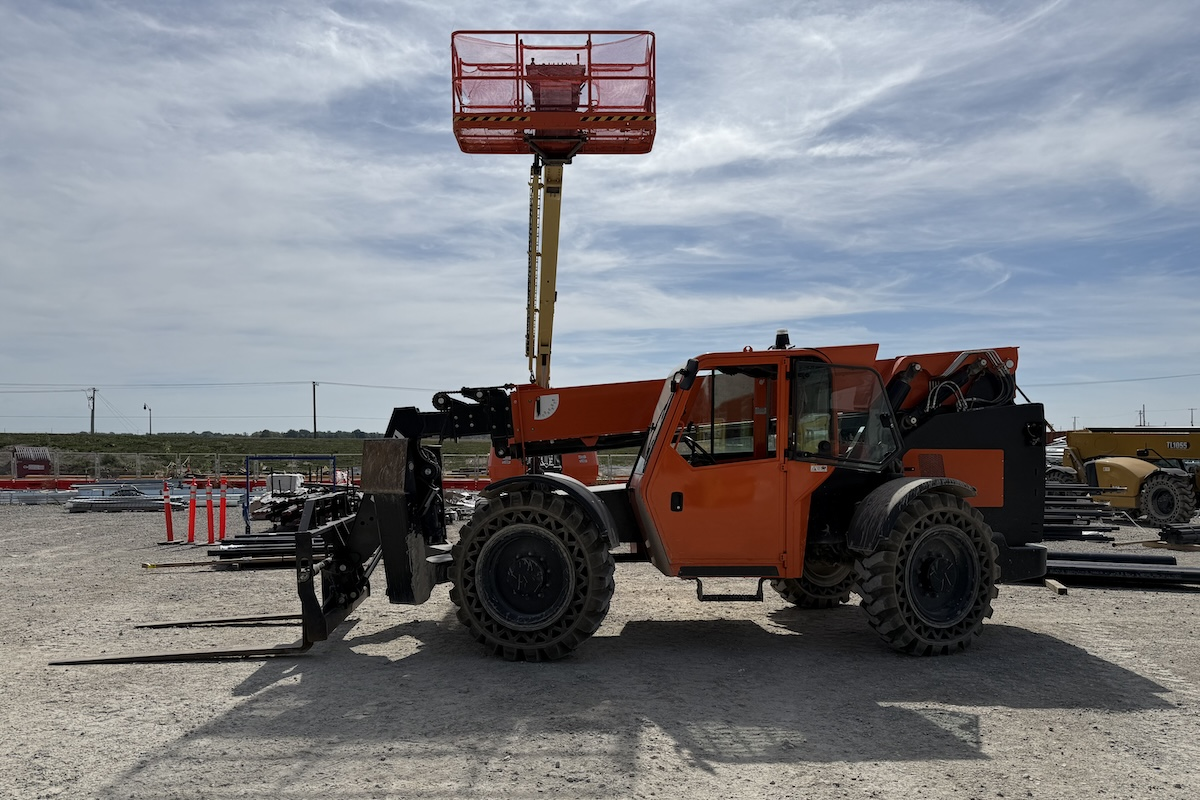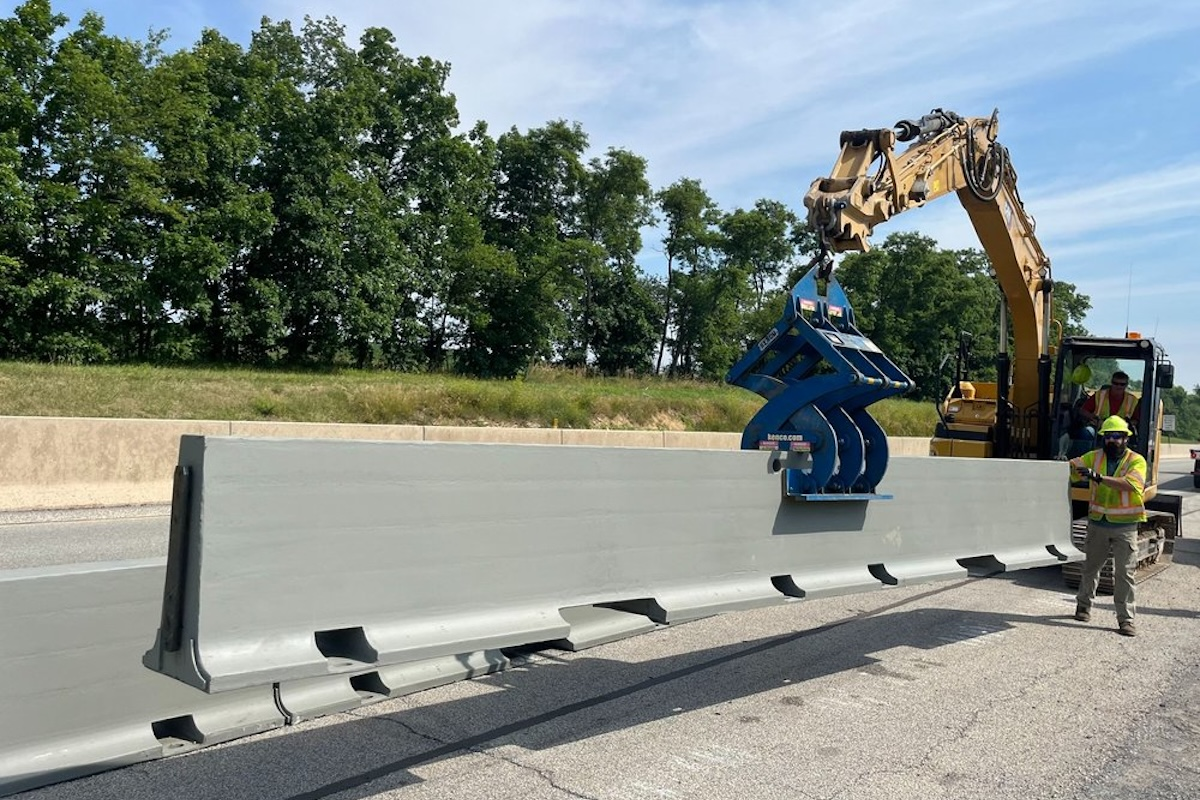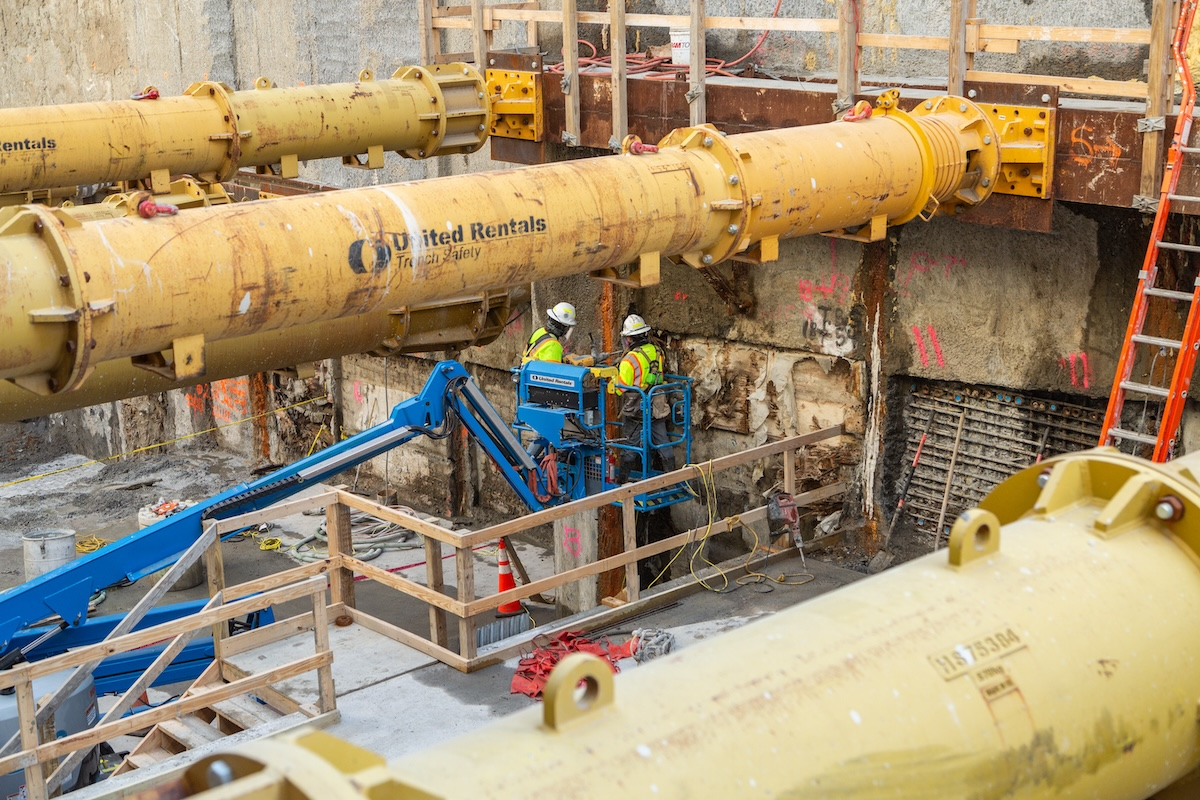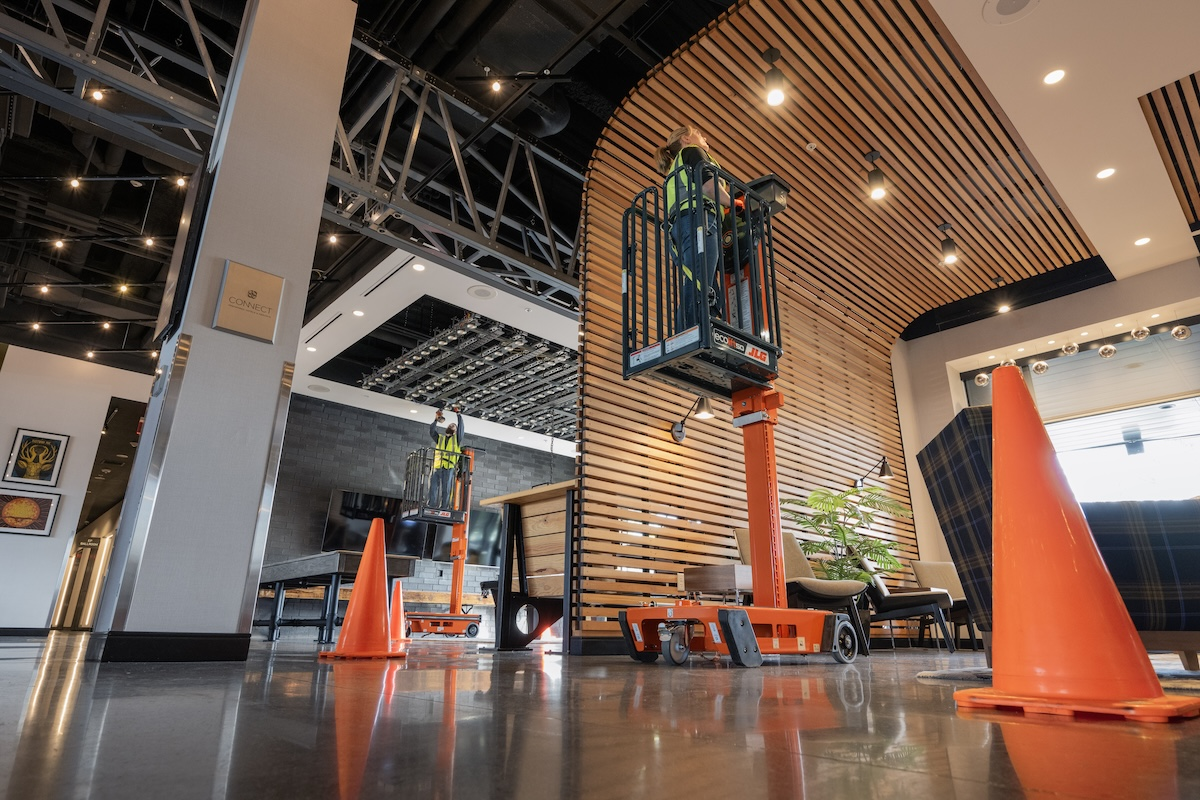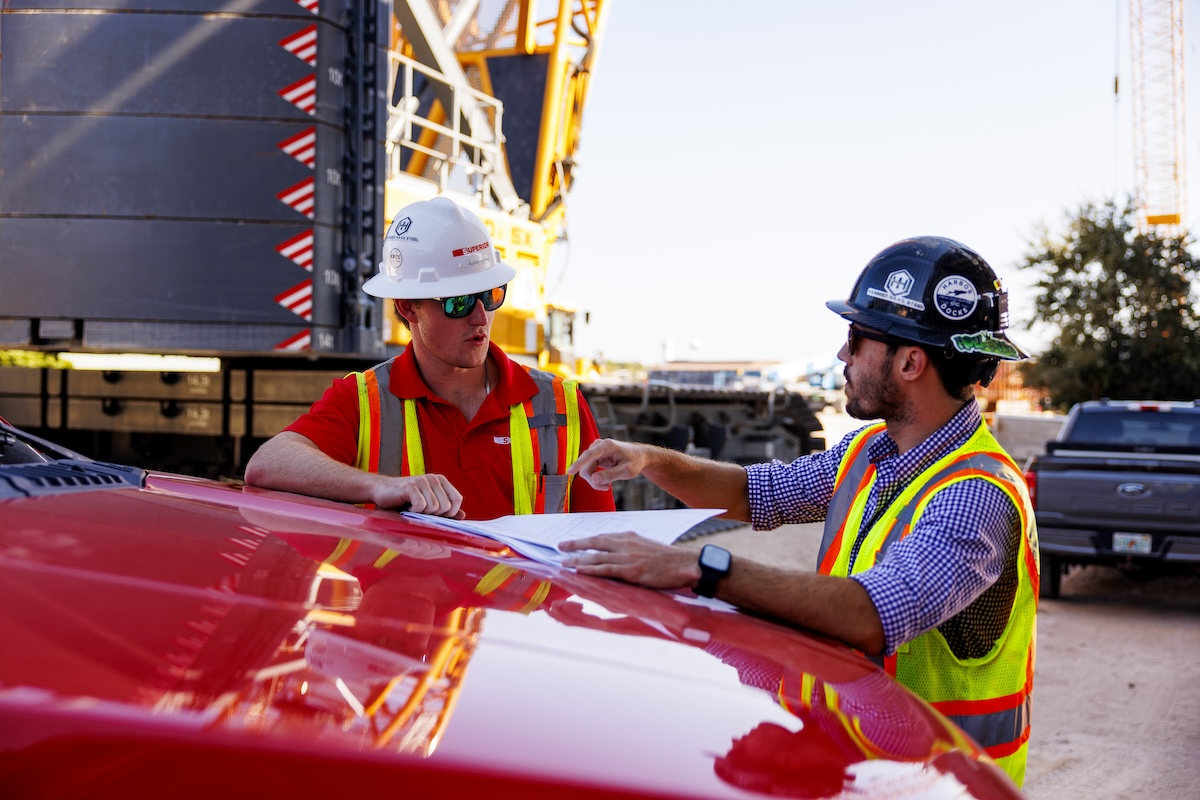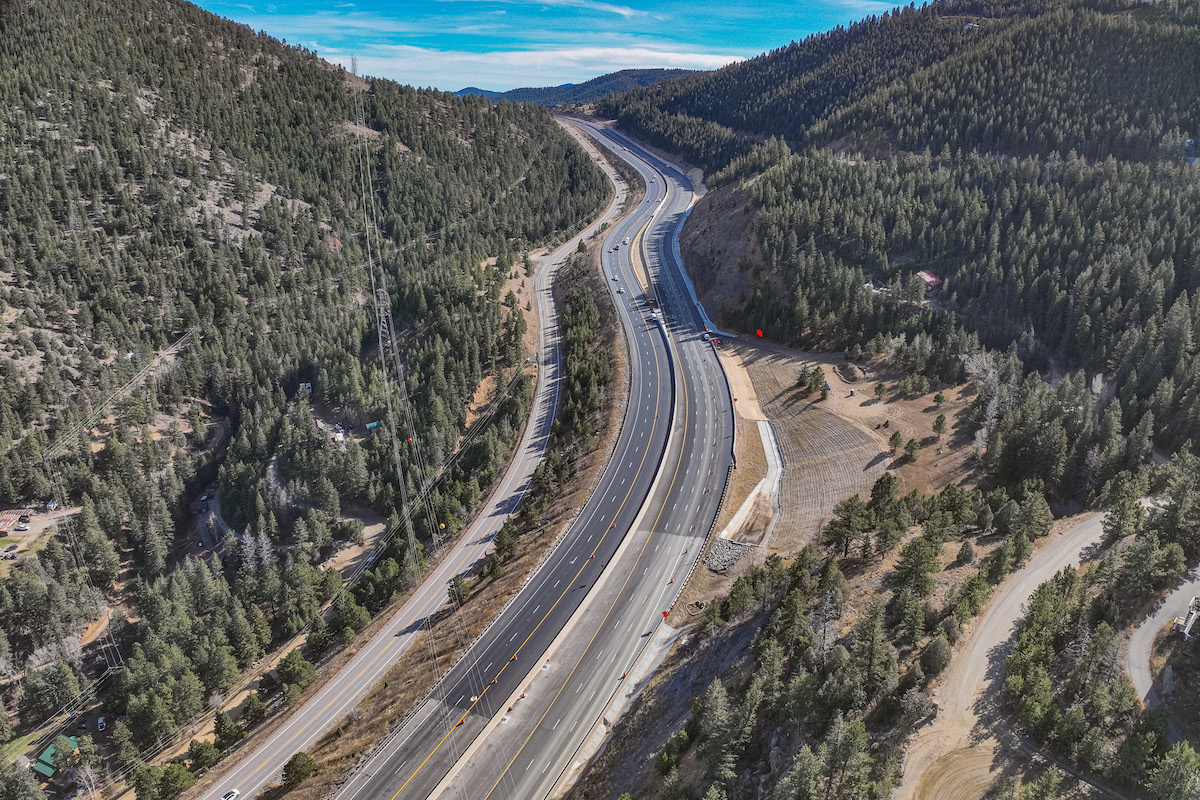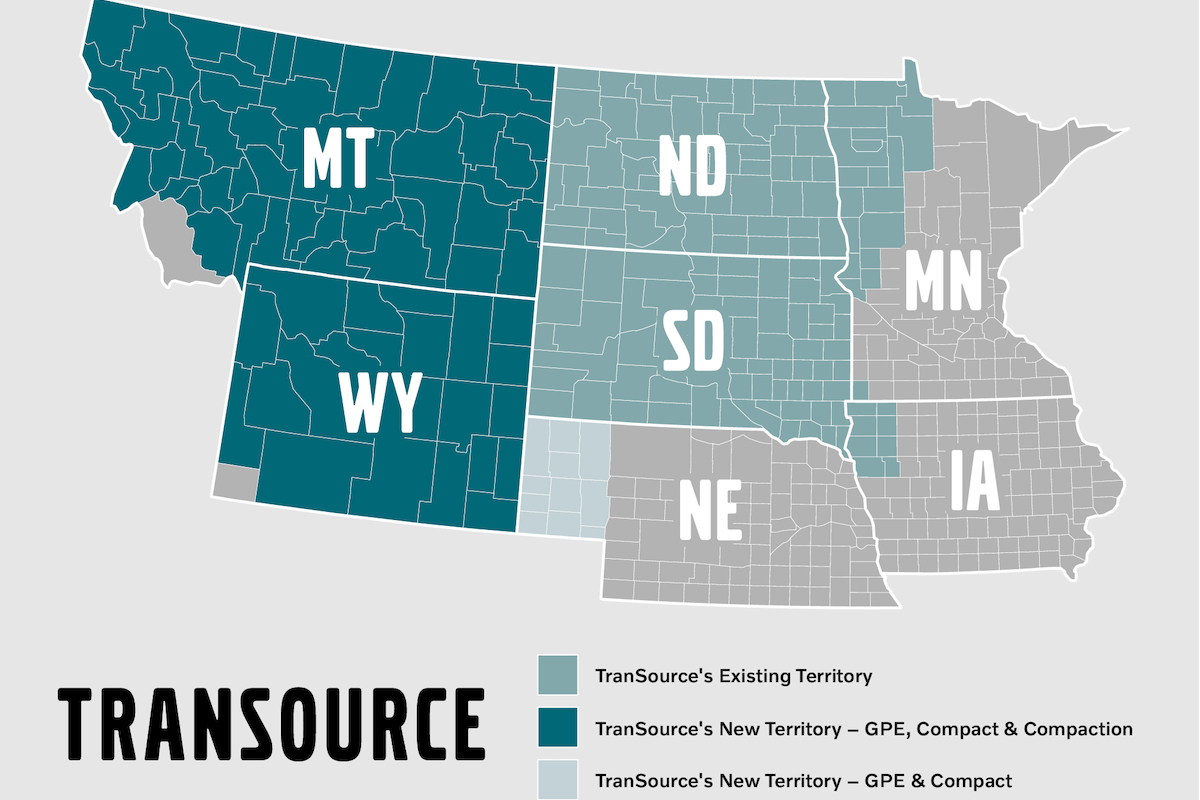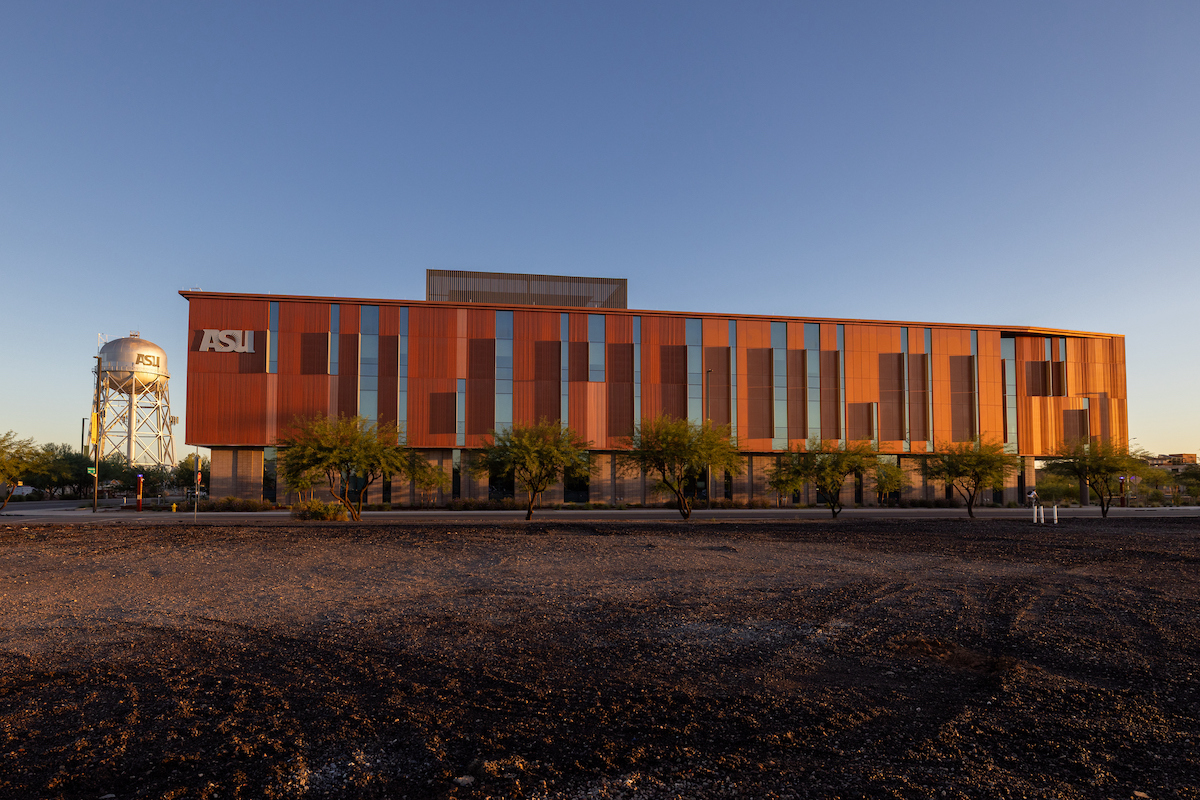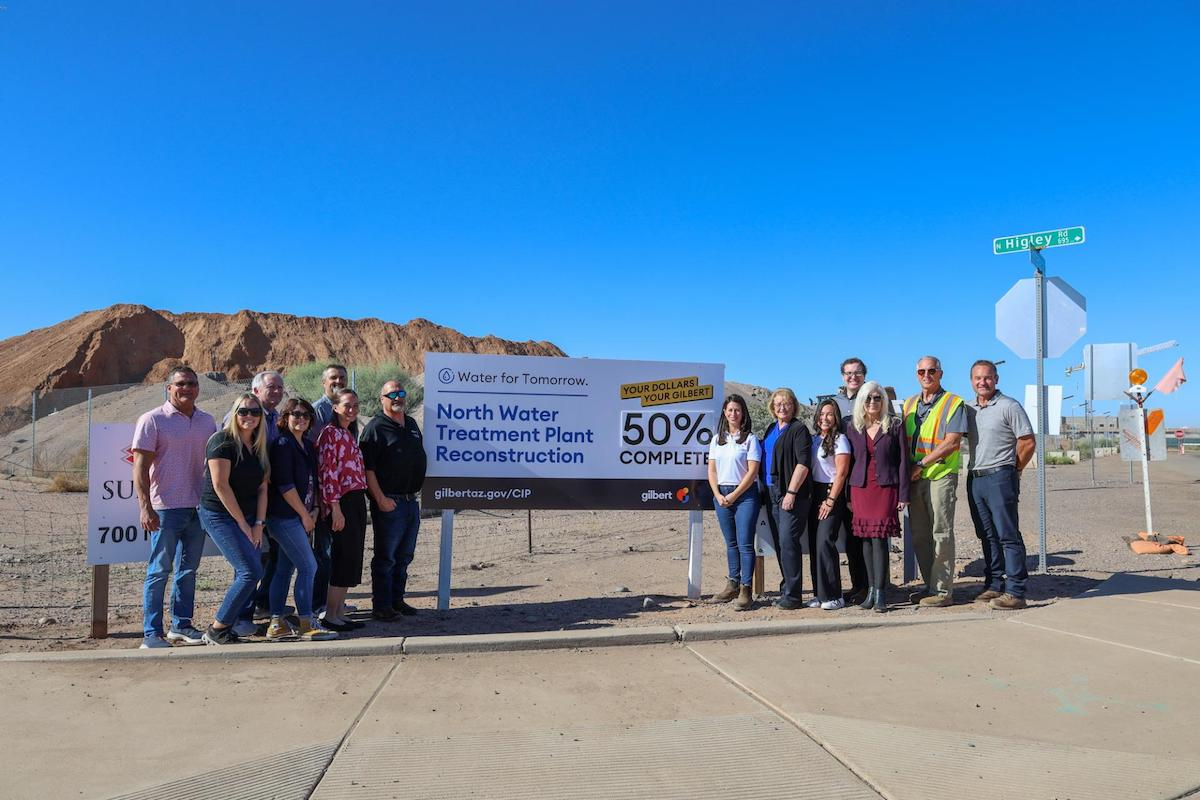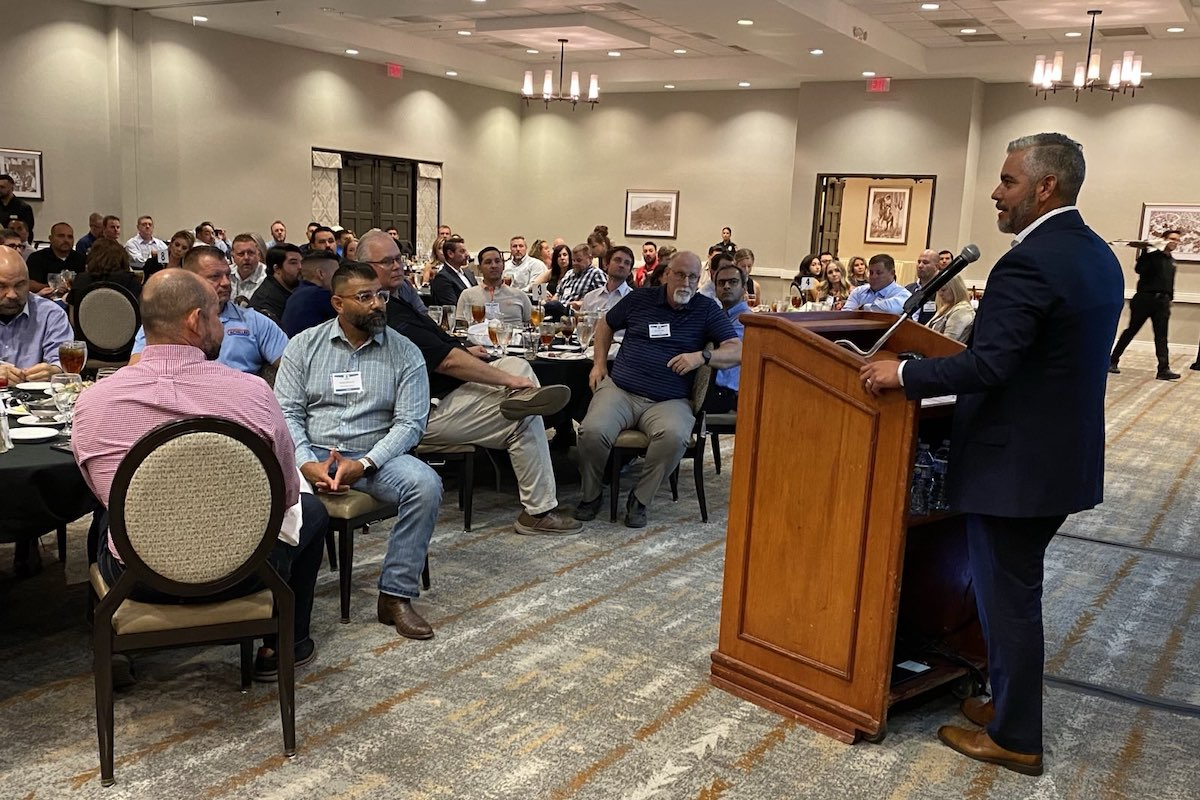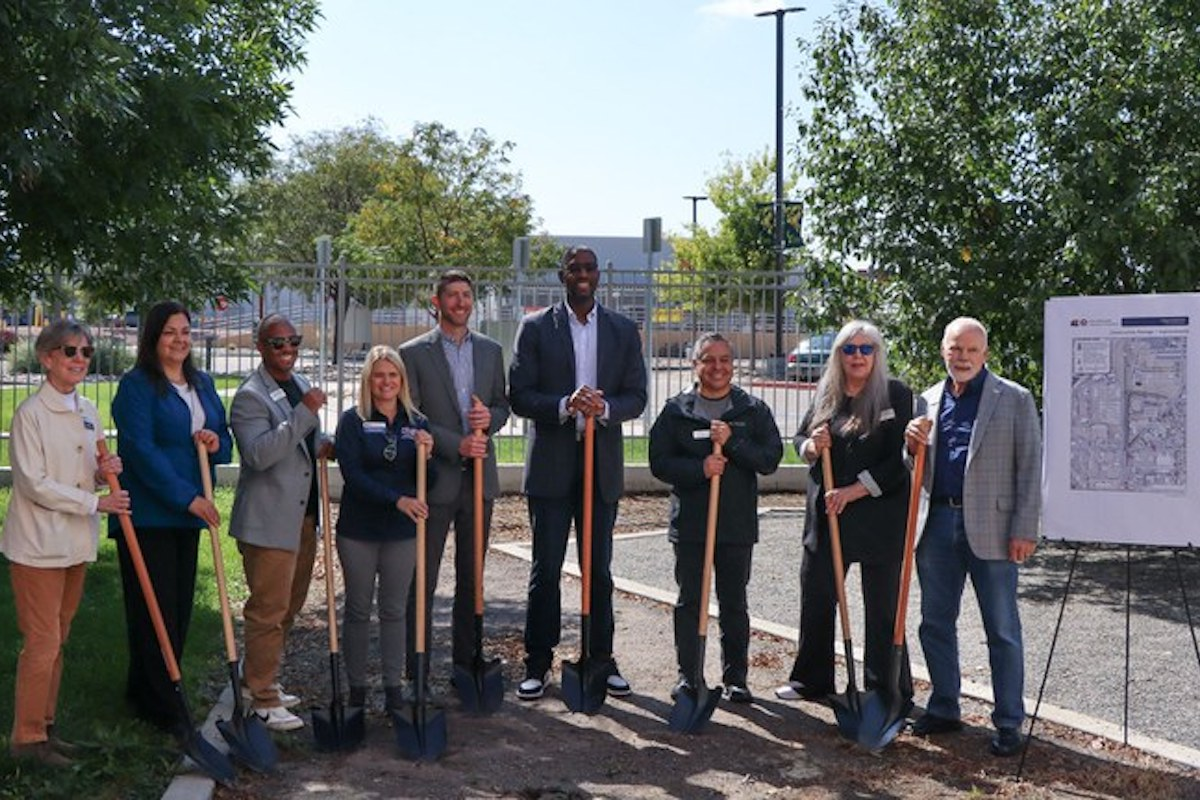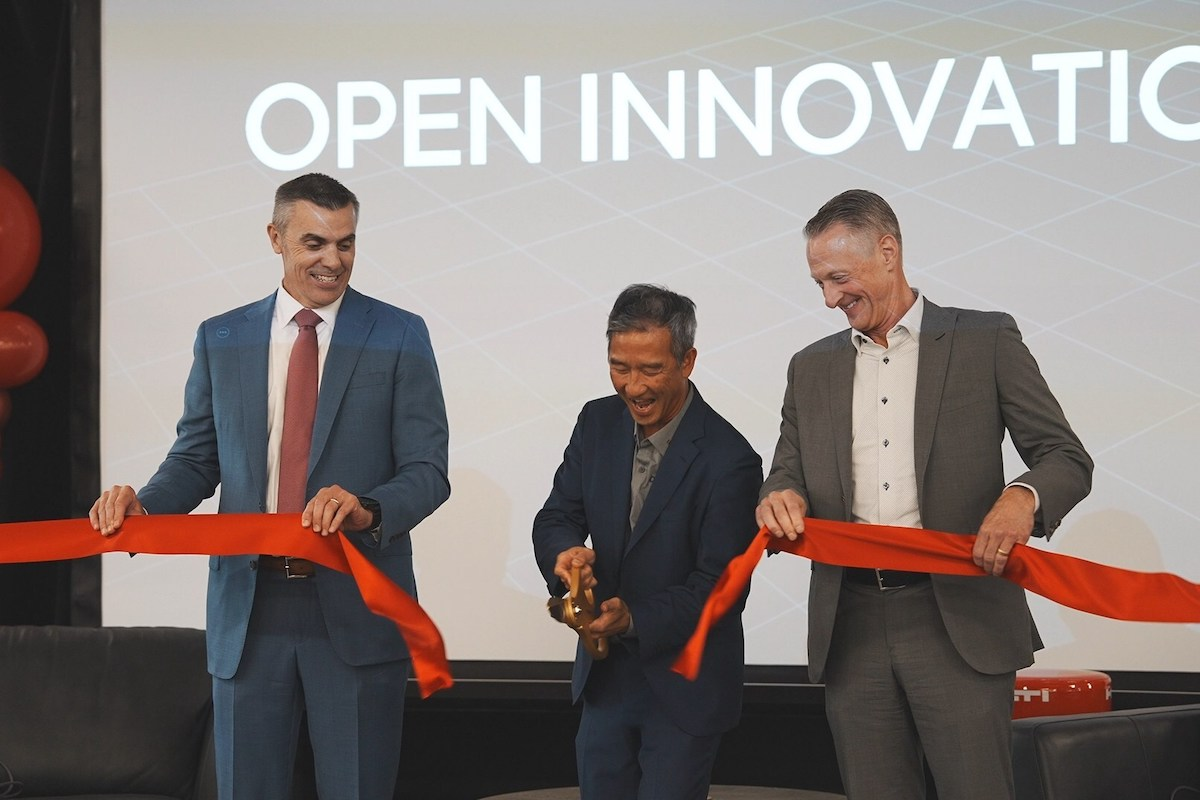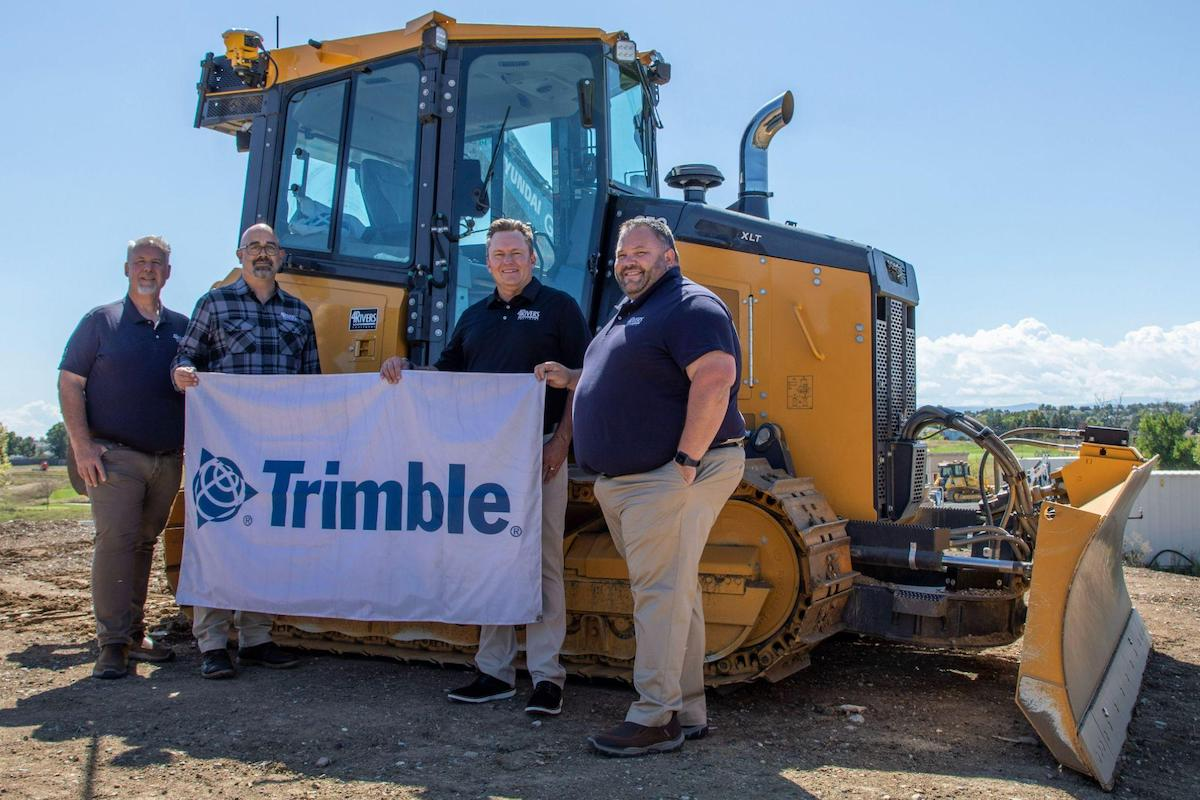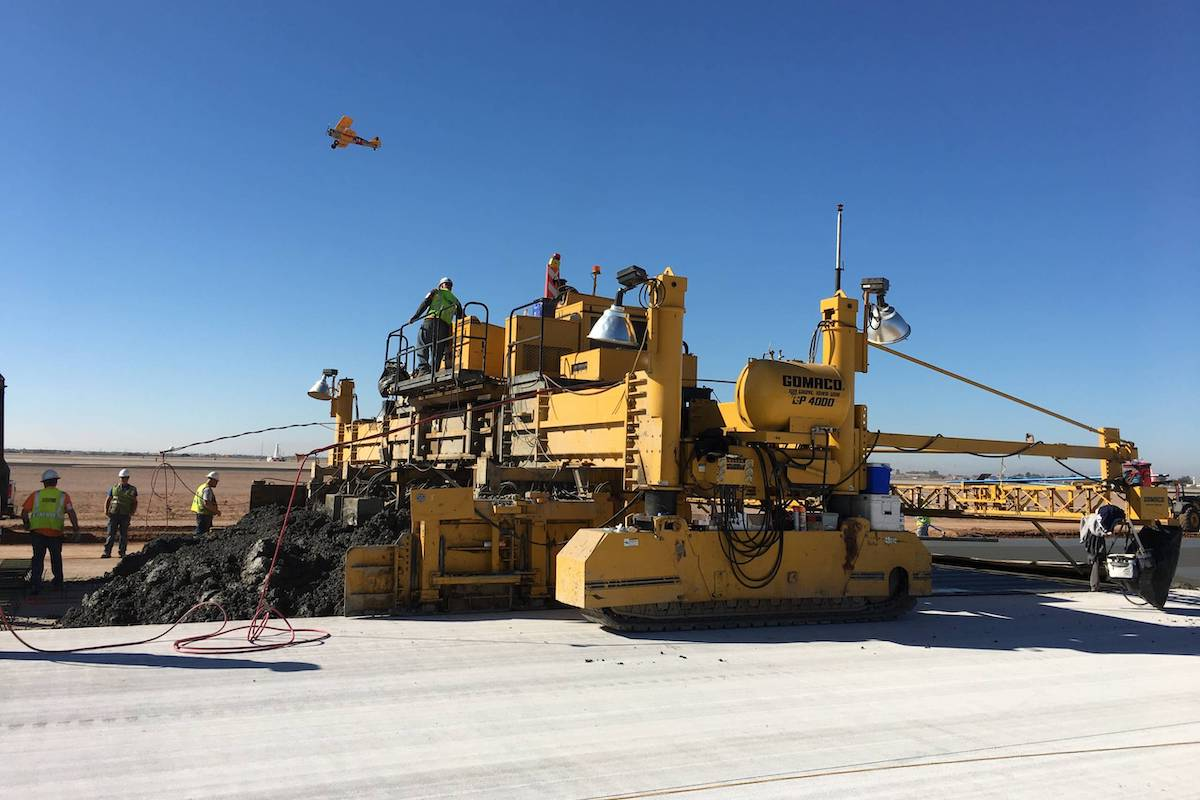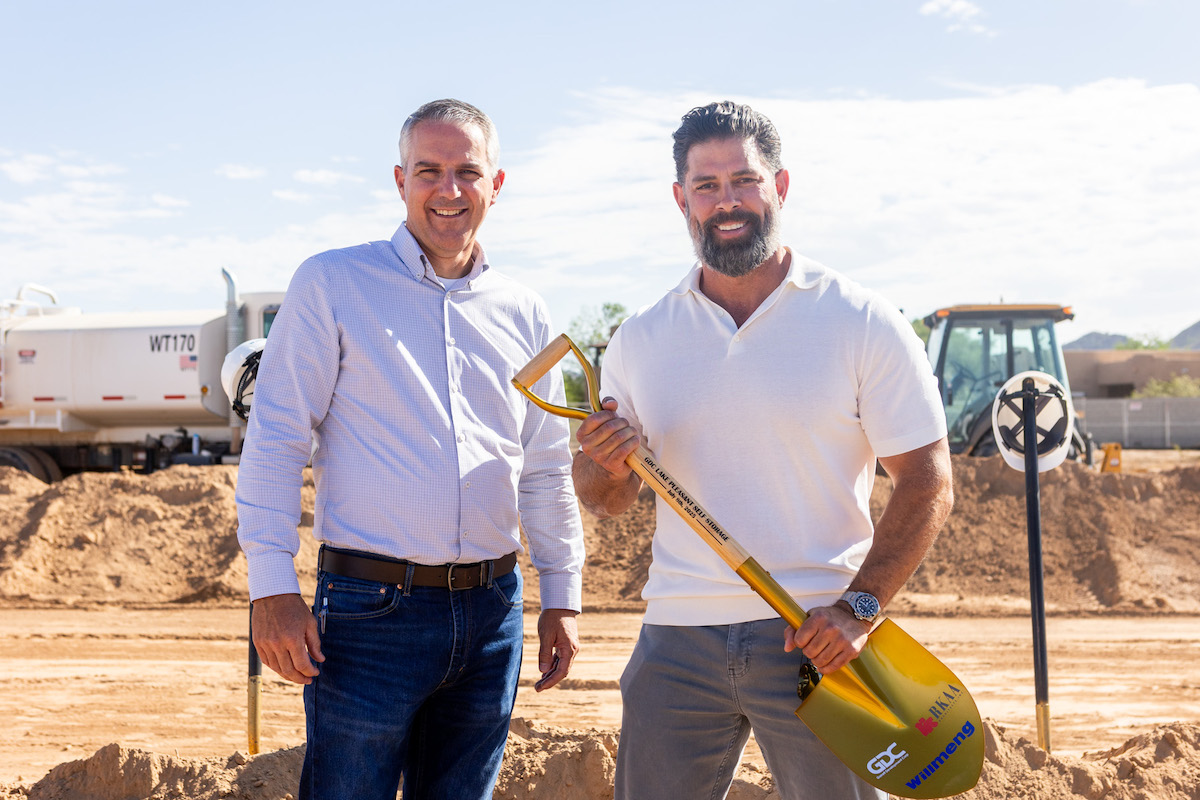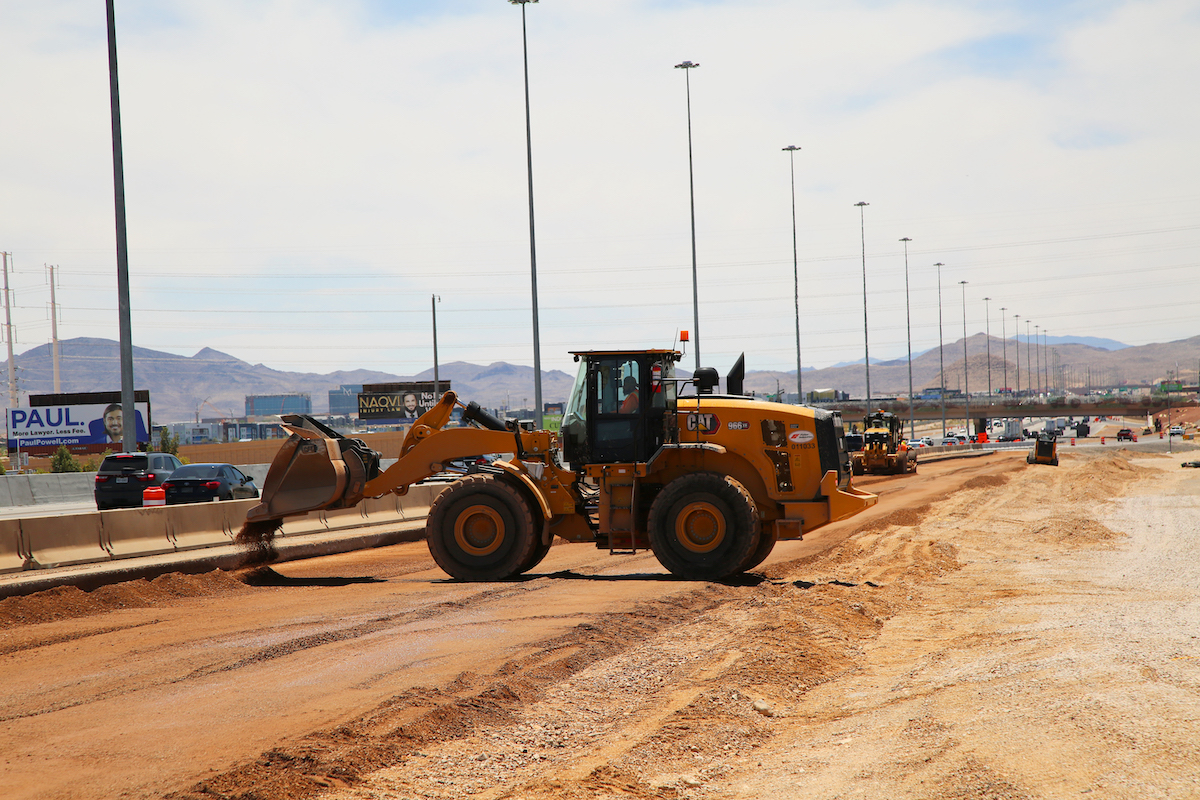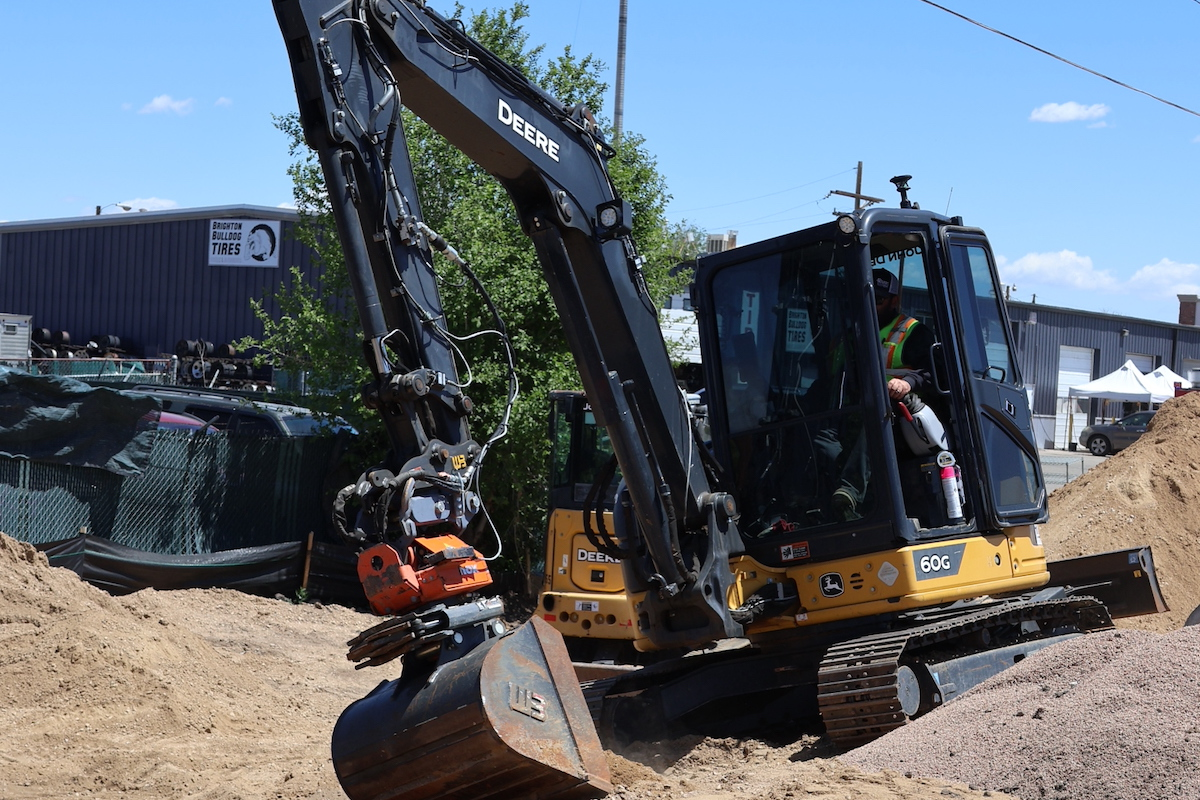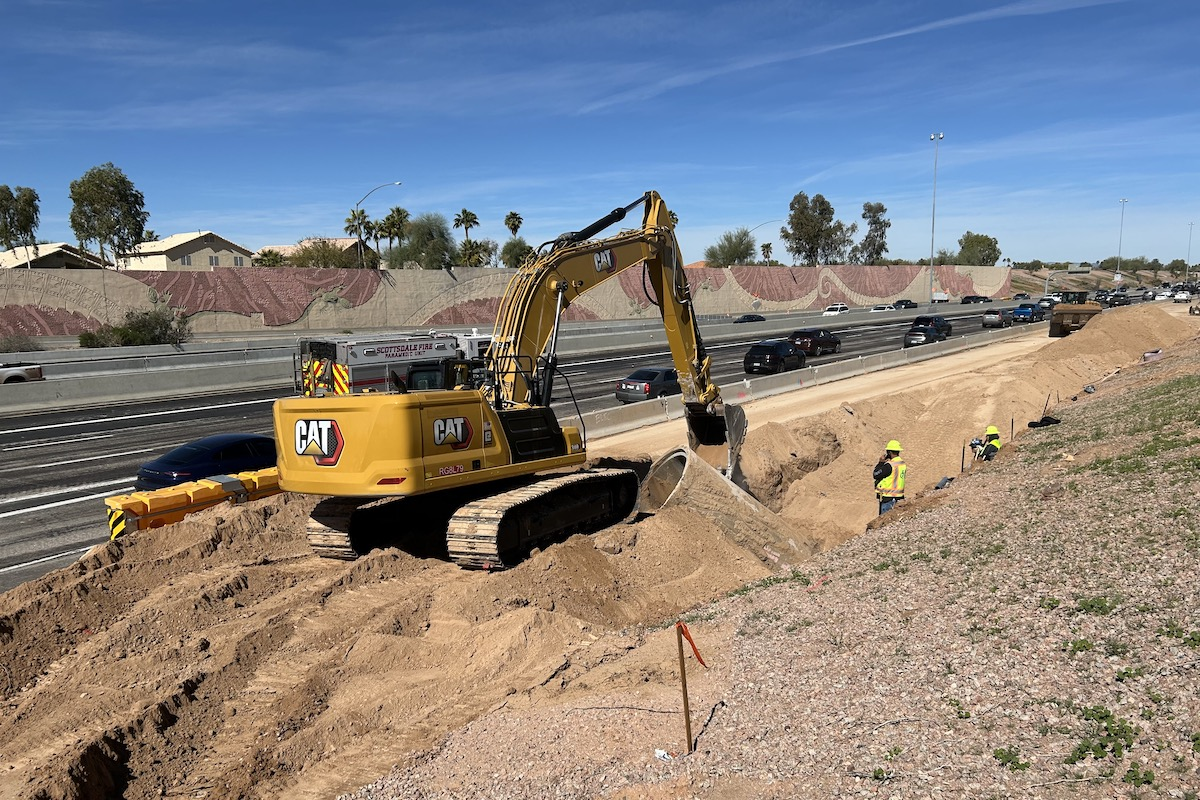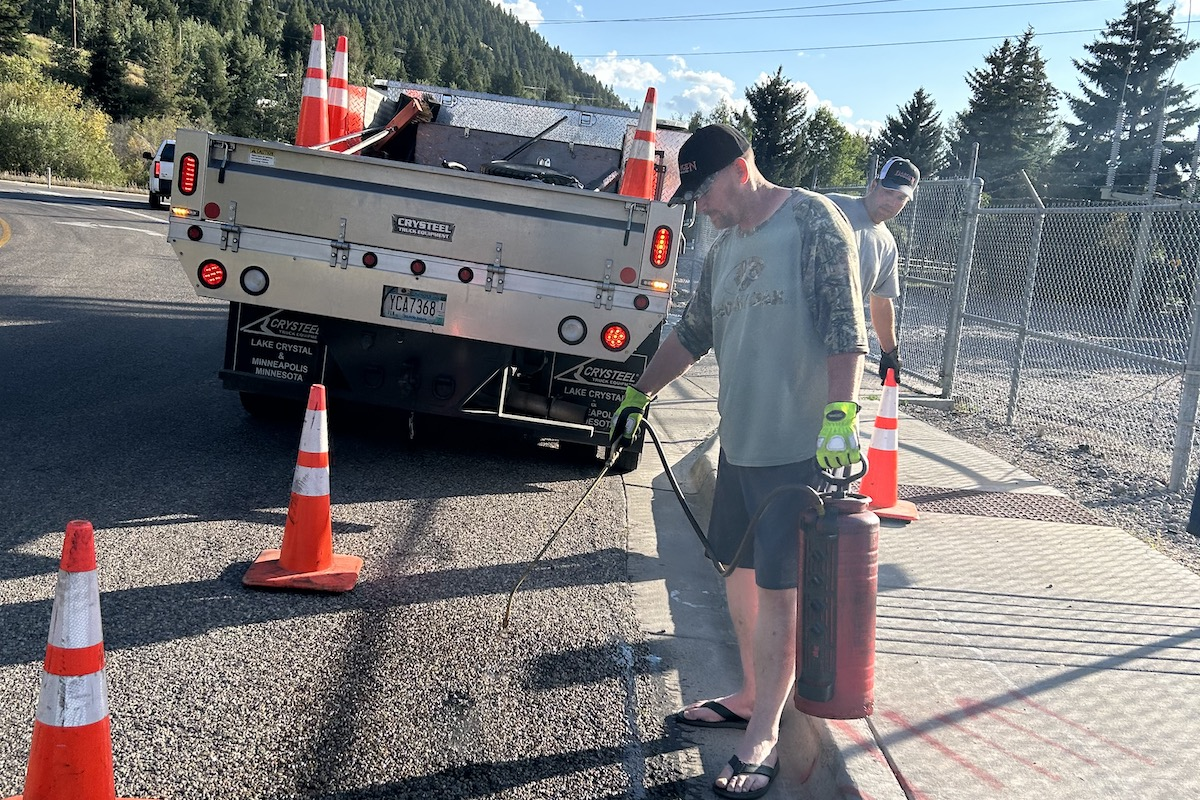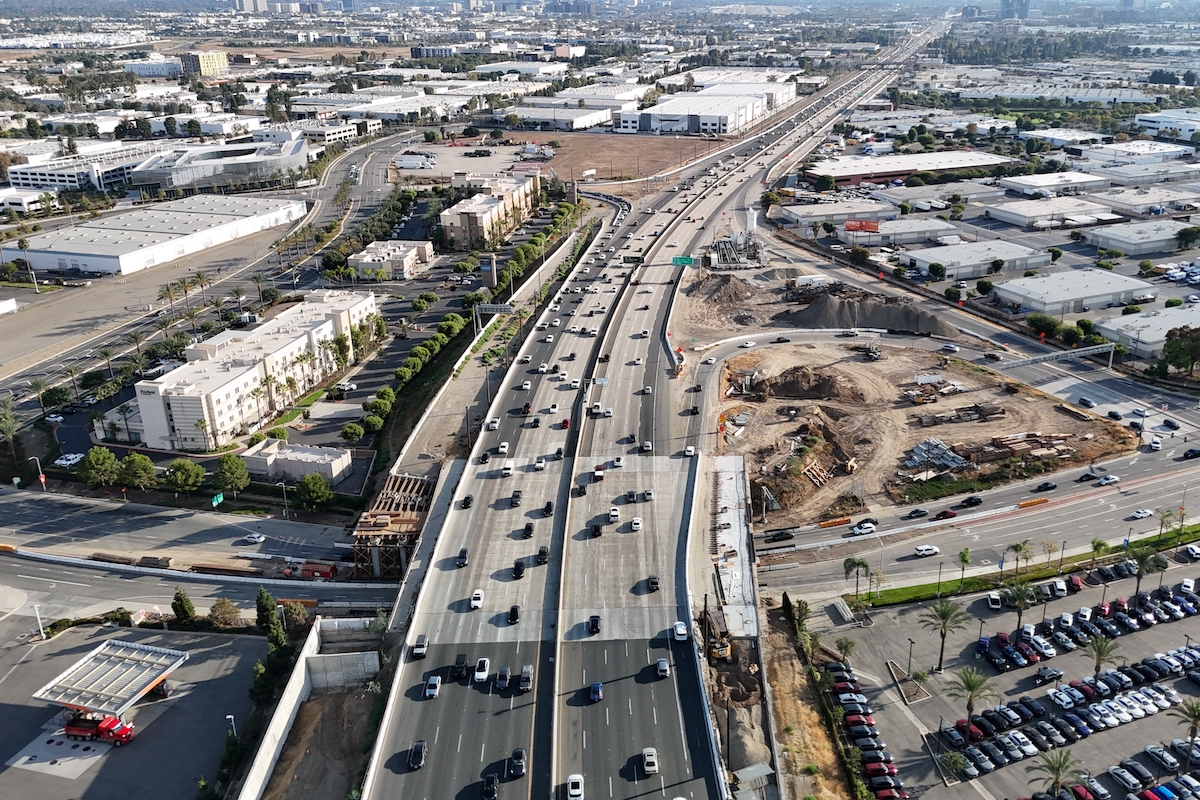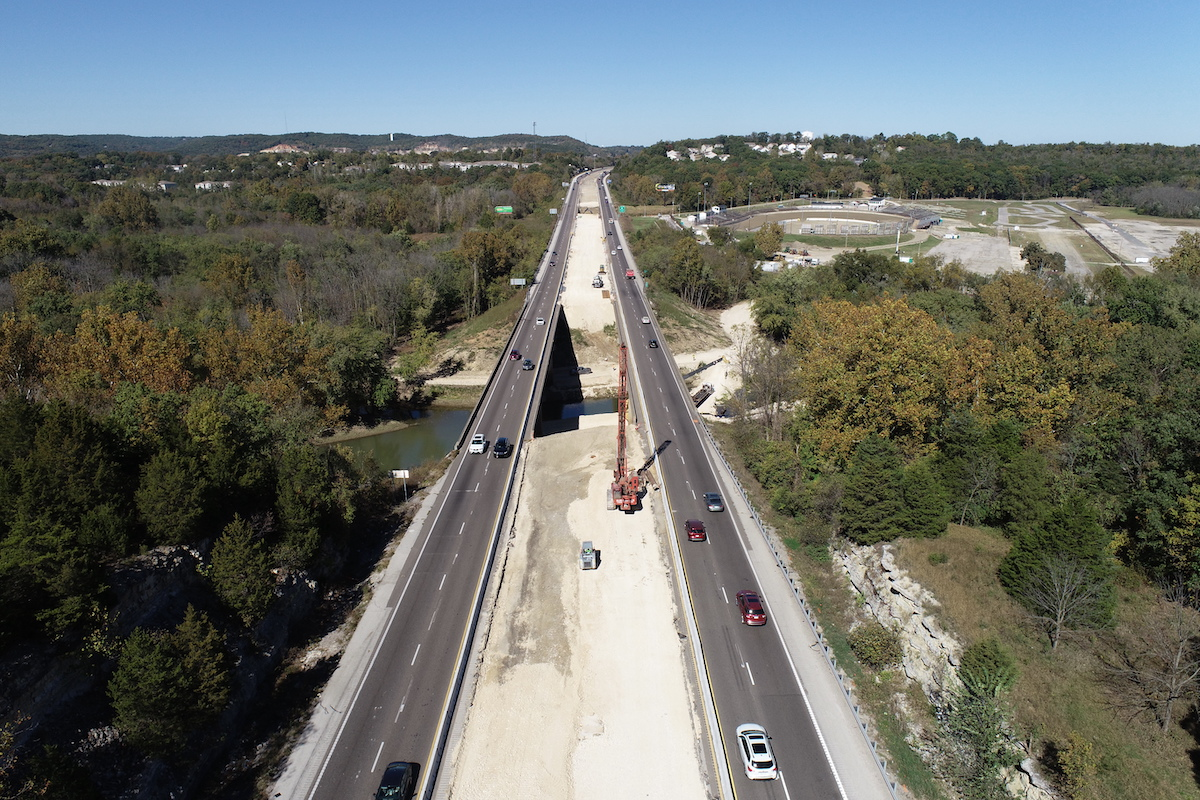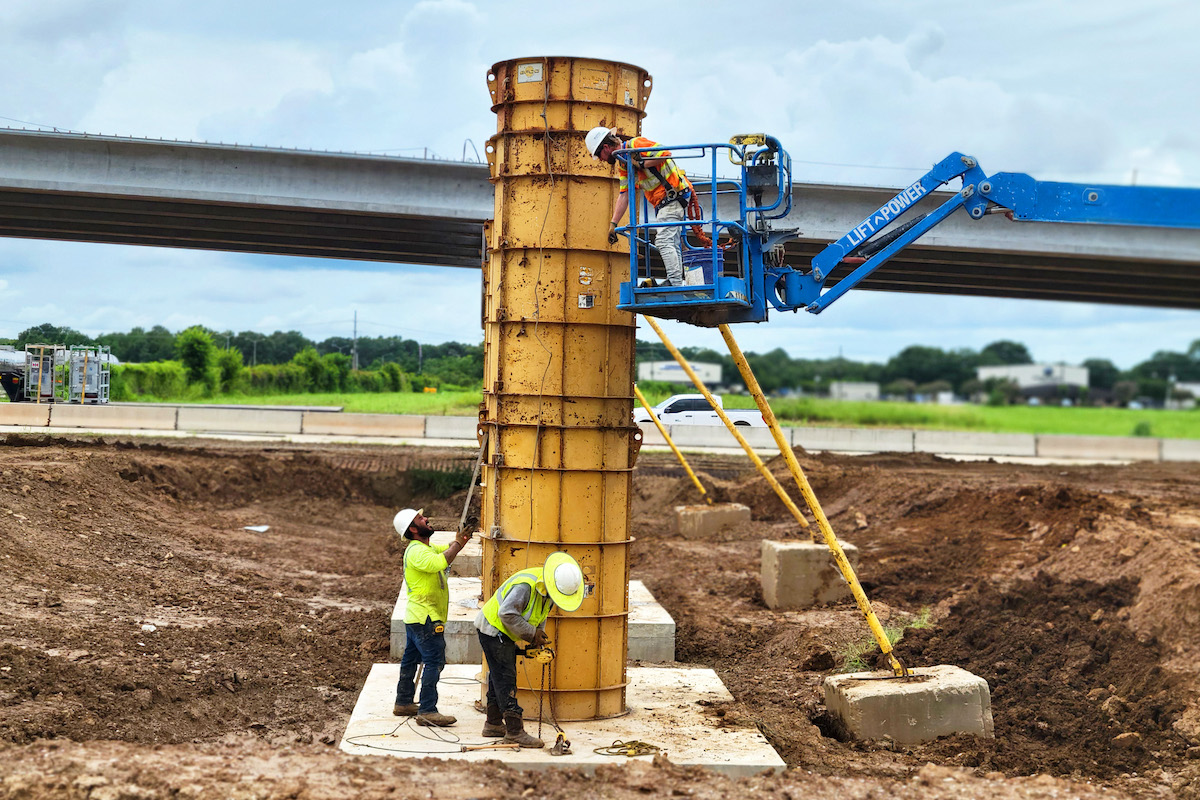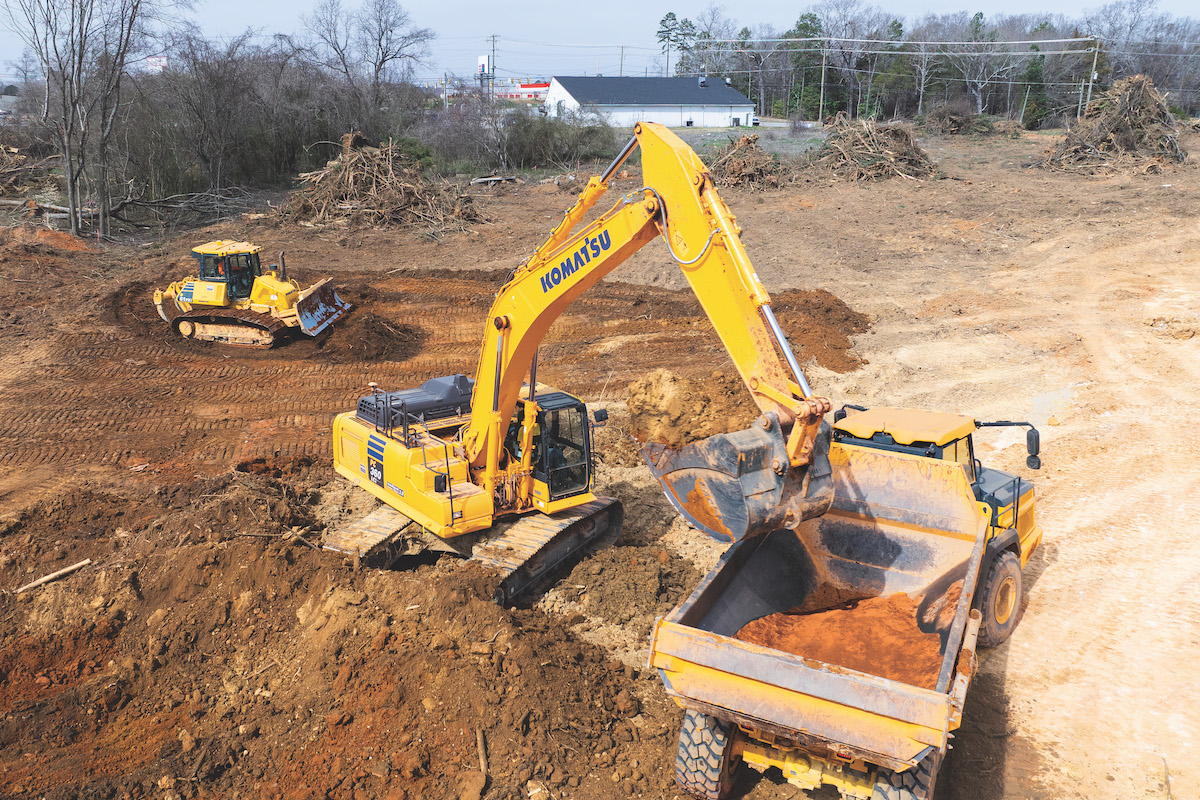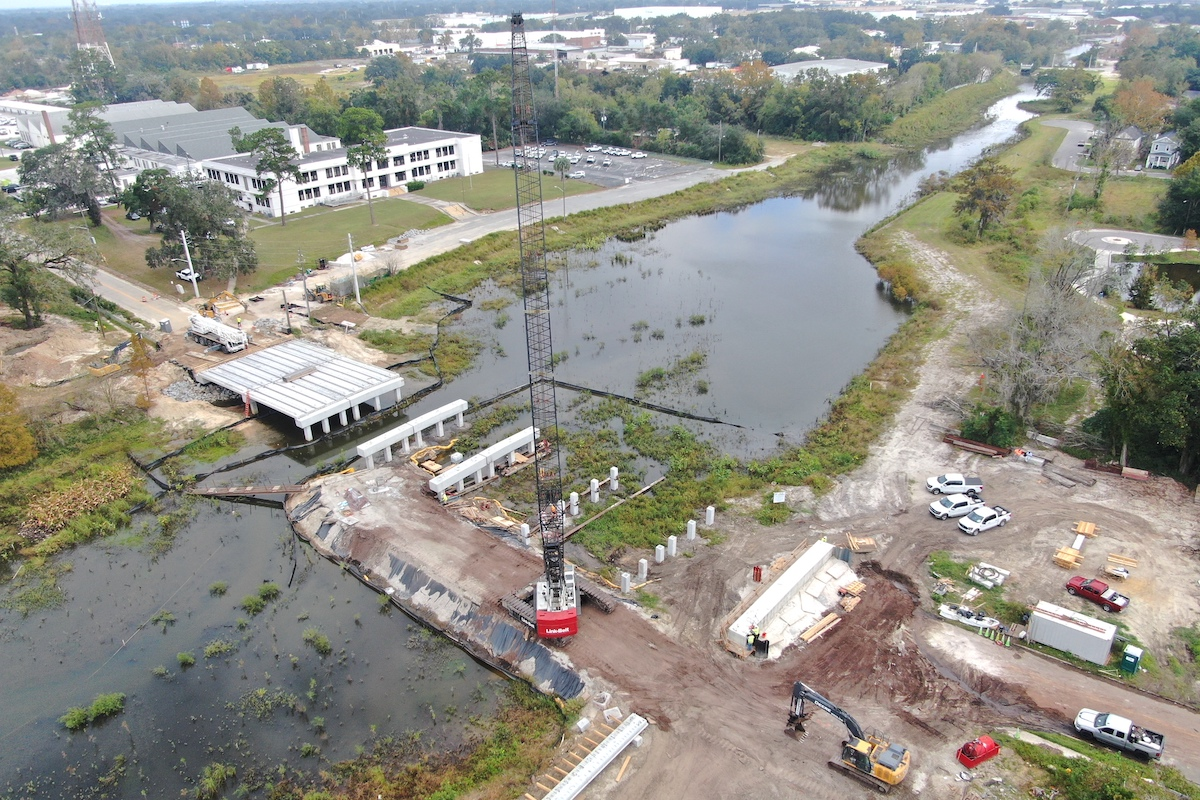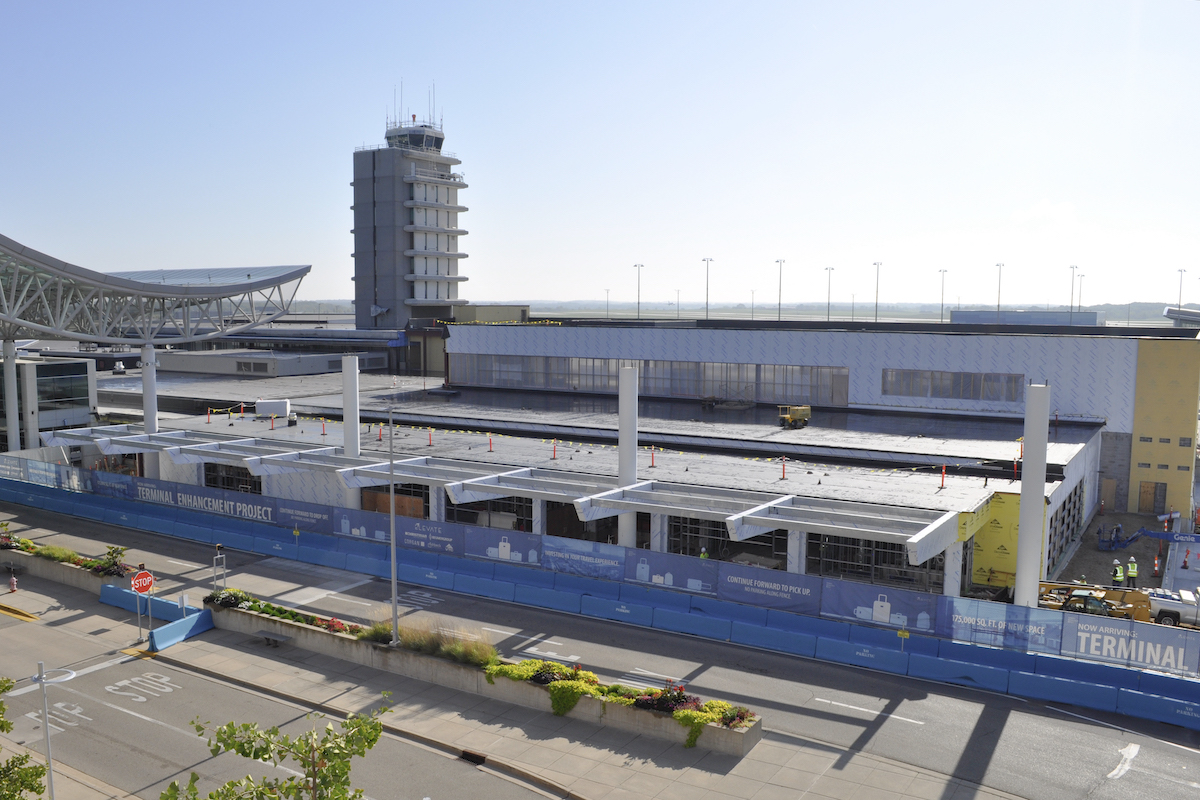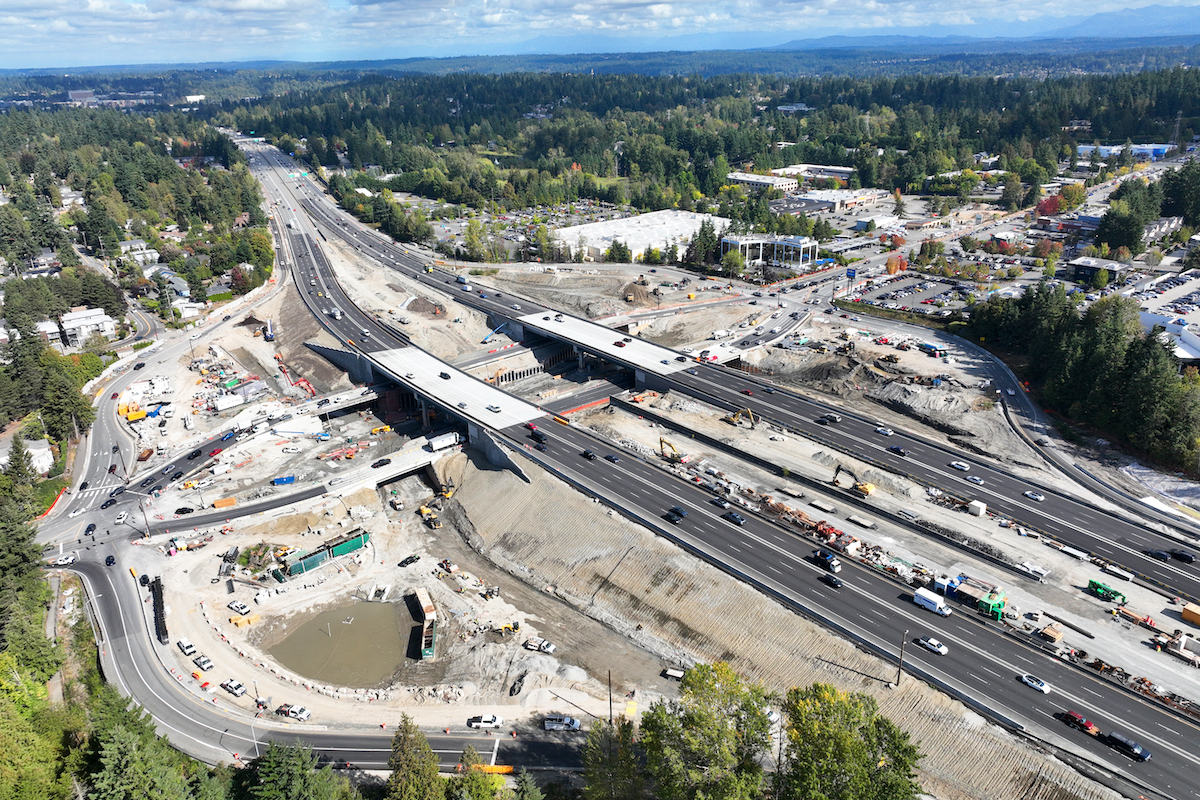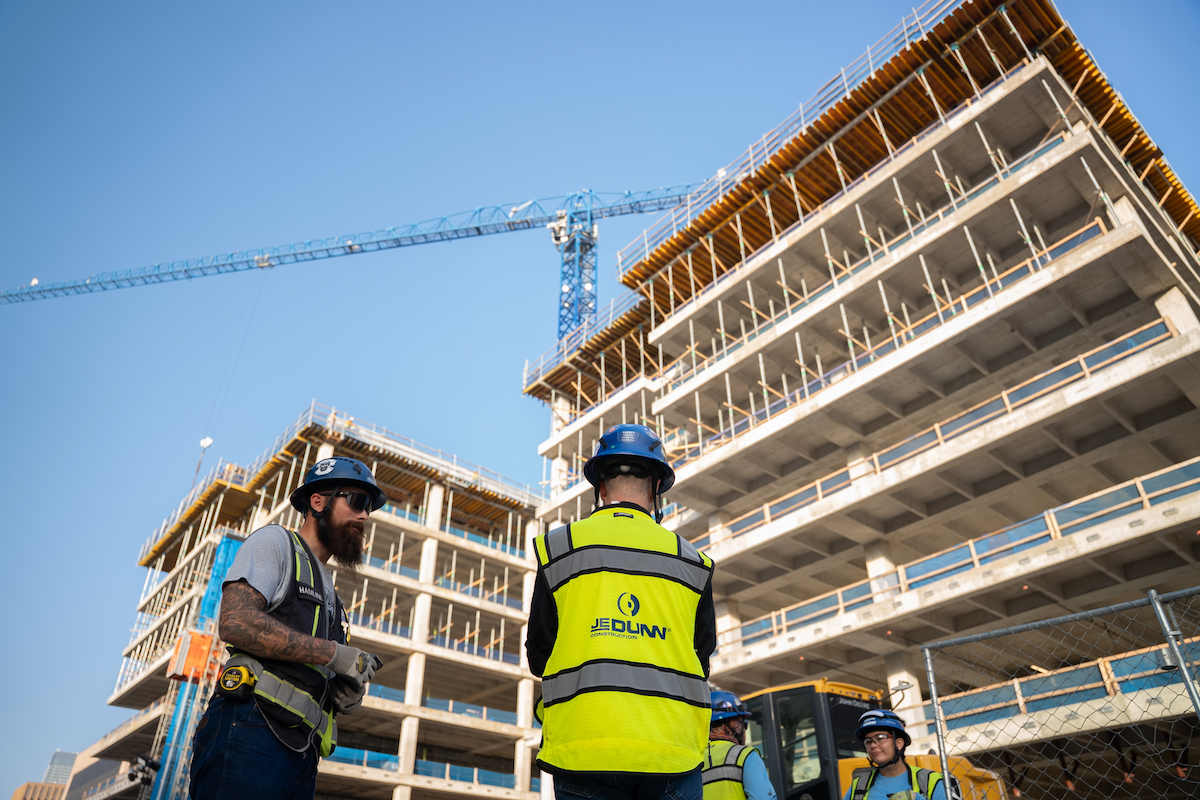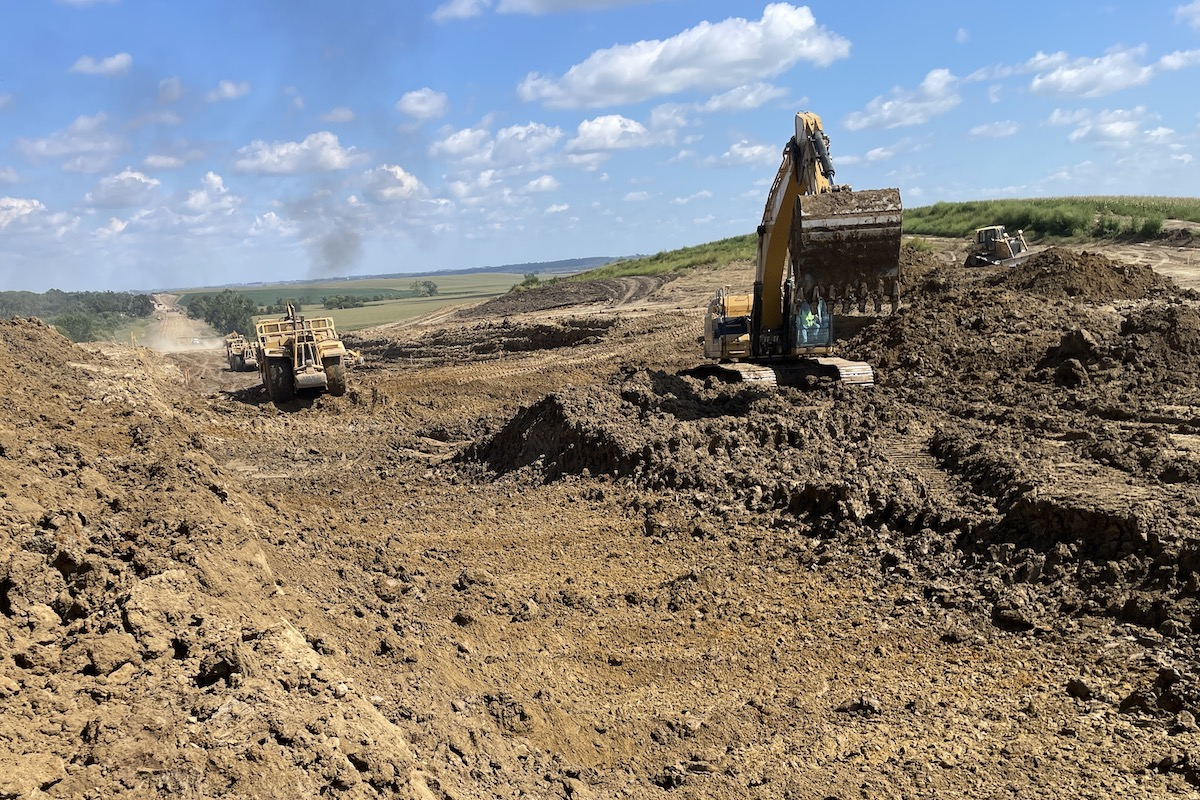Telematics has long been a staple in the construction and rental industries, offering equipment owners and users the ability to track a machine’s location and gather basic operational data. But a static dot on a map isn’t enough in an increasingly digital world.
Enter the Internet of Things (IoT). It transforms traditional telematics into a dynamic, interactive platform that automates processes, reduces downtime, and provides actionable insights for proactive fleet management.
While traditional telematics provide valuable location and usage data, IoT-based systems offer much more power: machine interactivity, real-time insights, and the digitization of day-to-day tasks. With IoT, equipment connectivity is no longer about monitoring but managing.
Telematics historically meant one-way communication — machines send data and someone at a remote location interprets it. That data might tell you a machine is due for service or hasn’t moved in days, but it leaves a lot of guesswork for the people on the ground who need to act.
These systems require a significant human layer — someone sitting at a desktop reviewing dashboards and trying to deduce what’s happening in the field. In complex job sites, that delay between insight and action can cost precious time, create inefficiencies, and reduce overall productivity.

| Your local Bobcat dealer |
|---|
| Ditch Witch West |
| Faris Machinery |
| Romco Equipment Co |
IoT elevates fleet management from data collection to real-time, actionable intelligence. One key advantage is two-way communication. Machines don’t just report status; they respond. An equipment manager can now locate a machine, activate audio or visual cues like lights or horns, or access diagnostic codes in a moment using a mobile device. This immediacy reduces equipment search times, improves asset utilization, and frees up hours of labor every week.
On large project sites where dozens of machines are in use, quickly pinpointing a specific asset is important. A traditional GPS might show that a machine is “somewhere” on the job site. But with enhanced IoT features, the system can light up the machine’s beacon or sound a horn, making identification immediate — even in dense equipment fleets.
Another capability of IoT platforms is the ability for near-machine communication. For example, JLG’s proprietary Bluetooth mesh site networks allow machines to “talk” to one another within a site or yard, even in areas with poor cellular service. If a new machine arrives at a branch, it automatically joins the site’s mesh network, updating its location and status in real time.
Systems like this enable efficient site-level filtering, check-in/check-out visibility, and status updates, even from a desktop far from the field. Rather than relying solely on geofences or manual updates, the system automates inventory monitoring at the site level.

| Your local Gomaco dealer |
|---|
| Faris Machinery |
| Tri-State Truck & Equipment Inc |
A key differentiator in the IoT evolution is usability. Rather than overwhelming users with reams of data, modern platforms focus on refined, actionable insights. Instead of sifting through diagnostic codes manually, users can see visual cues: a red beacon for fault codes and green for good status. Tasks like checking fluid levels, identifying service needs, or detecting inactivity can be done with a single tap.
Consider the example of fuel truck drivers tasked with refueling machines on a job site. With traditional systems, they might guess or call someone for help. With IoT-enabled platforms, they can simply check the beacon colors or dashboard readings and head straight to the machine in need. That’s efficiency you can see on the bottom line, not just on a screen.
Fleet tracking is critical on sprawling job sites. Machines get moved, shared between teams, or tucked away in multi-story buildings. IoT features like elevation-based localization — a feature that uses barometric pressure sensors to identify not just where a machine is but how high up it’s located — solves this common challenge.
Technicians can even identify machine locations via mobile apps and determine relative elevation without relying on line-of-sight. This eliminates wasted effort, especially when transporting heavy components like batteries.

| Your local Trimble Construction Division dealer |
|---|
| SITECH Northwest |
| SITECH Rocky Mountain |
| SITECH Southwest |
Beyond logistics and maintenance, IoT also enhances asset recovery, a lesser-known but crucial aspect of equipment management. Whether a rental term has ended or a machine was supposed to be returned but wasn’t, the ability to identify the exact asset efficiently saves both time and revenue.
While traditional systems might require dedicated personnel to track and locate equipment manually, IoT platforms can instantly automate and pinpoint these assets, even in large fleets. That’s peace of mind for fleet managers and finance teams alike.
Perhaps the most powerful aspect of IoT connectivity is its focus on the end-user experience. Modern platforms are built not just for IT professionals or corporate analysts, but for those who work in the field — from technicians and delivery drivers to yard supervisors and service managers at every level.
By removing friction from manual processes, guesswork, and hardware requirements, these platforms empower teams to work smarter, faster, and more confidently.

| Your local Volvo Construction Equipment dealer |
|---|
| Faris Machinery |
As construction firms and fleet managers grapple with growing equipment demands, labor shortages, and rising expectations, IoT isn’t just a helpful tool; it’s a necessity. It enables seamless transitions from manufacturer to job site, automates what used to be manual, and turns static information into real-time intelligence.
Where telematics once showed a map, IoT shows the whole story — and invites interaction with it.






